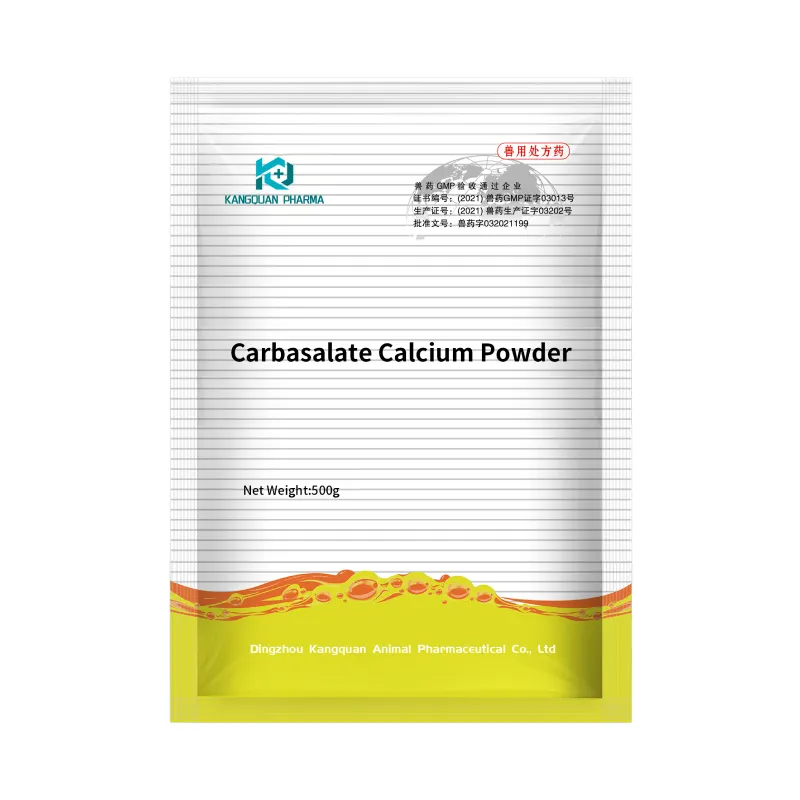- Afrikaans
- Albanian
- Amharic
- Arabic
- Armenian
- Azerbaijani
- Basque
- Belarusian
- Bengali
- Bosnian
- Bulgarian
- Catalan
- Cebuano
- Corsican
- Croatian
- Czech
- Danish
- Dutch
- English
- Esperanto
- Estonian
- Finnish
- French
- Frisian
- Galician
- Georgian
- German
- Greek
- Gujarati
- Haitian Creole
- hausa
- hawaiian
- Hebrew
- Hindi
- Miao
- Hungarian
- Icelandic
- igbo
- Indonesian
- irish
- Italian
- Japanese
- Javanese
- Kannada
- kazakh
- Khmer
- Rwandese
- Korean
- Kurdish
- Kyrgyz
- Lao
- Latin
- Latvian
- Lithuanian
- Luxembourgish
- Macedonian
- Malgashi
- Malay
- Malayalam
- Maltese
- Maori
- Marathi
- Mongolian
- Myanmar
- Nepali
- Norwegian
- Norwegian
- Occitan
- Pashto
- Persian
- Polish
- Portuguese
- Punjabi
- Romanian
- Russian
- Samoan
- Scottish Gaelic
- Serbian
- Sesotho
- Shona
- Sindhi
- Sinhala
- Slovak
- Slovenian
- Somali
- Spanish
- Sundanese
- Swahili
- Swedish
- Tagalog
- Tajik
- Tamil
- Tatar
- Telugu
- Thai
- Turkish
- Turkmen
- Ukrainian
- Urdu
- Uighur
- Uzbek
- Vietnamese
- Welsh
- Bantu
- Yiddish
- Yoruba
- Zulu
nov . 10, 2024 04:41 Back to list
Lincomycin Hydrochloride Uses, Benefits, and Side Effects Explained for Patients
Lincomycin Hydrochloride An Overview
Lincomycin hydrochloride is an effective antibiotic that has garnered attention within the medical field for its ability to treat various bacterial infections. This antibiotic, derived from the fermentation of the bacterium *Streptomyces lincolnensis*, is particularly known for its efficacy against Gram-positive bacteria, making it a critical option in the antibiotic arsenal.
Mechanism of Action
Lincomycin works by inhibiting bacterial protein synthesis. It binds to the 50S subunit of the bacterial ribosome, which is essential for the translation process in protein synthesis. This binding interferes with the peptidyl transfer reaction, essentially halting the production of proteins that are vital for bacterial growth and reproduction. Consequently, this makes lincomycin effective against a variety of infections, especially those caused by anaerobic bacteria and certain Gram-positive organisms like *Staphylococcus aureus* and *Streptococcus pneumoniae*.
Indications and Uses
Lincomycin hydrochloride is commonly used to treat serious infections caused by susceptible bacteria. It is particularly useful in treating
1. Skin and Soft Tissue Infections These infections, often caused by staphylococci, can be effectively managed with lincomycin, especially in cases where penicillin is not suitable due to allergies or resistance. 2. Bone Infections Osteomyelitis, or bone infections, can also be treated with lincomycin, providing an essential option for patients who may not respond to other antibiotics.
lincomycin hydrochloride

4. Pelvic Inflammatory Disease Lincomycin is used to treat this serious condition, often in combination with other antibiotics to cover a broader spectrum of pathogens.
Administration and Dosage
Lincomycin hydrochloride can be administered orally or parenterally, depending on the severity and location of the infection. The typical oral dosage for adults is 500 mg every six hours, although this may vary based on the specific infection and the patient's overall health condition. For parenteral administration, healthcare providers may adjust dosages according to the severity of the infection and the patient's age, weight, and renal function.
Side Effects and Precautions
While lincomycin is generally considered safe, it does come with a range of possible side effects. The most common includes gastrointestinal disturbances, such as nausea, vomiting, and diarrhea. In some cases, it can cause pseudomembranous colitis, a serious condition that arises from an imbalance in gut flora and overgrowth of *Clostridium difficile*. Patients experiencing severe diarrhea or abdominal pain should seek immediate medical attention.
Furthermore, it is crucial to assess the patient's history for any allergic reactions to lincomycin or other lincosamide antibiotics before initiating treatment. Additionally, clinicians must monitor for signs of liver impairment, as lincomycin is metabolized by the liver.
Conclusion
In summary, lincomycin hydrochloride remains a vital antibiotic in the treatment of various bacterial infections, particularly those caused by Gram-positive bacteria. Its unique mechanism of action and effective profile make it a preferred choice in certain clinical scenarios, especially when other antibiotics are ineffective or contraindicated. As antibiotic resistance continues to rise globally, understanding and properly utilizing lincomycin is essential for preserving its efficacy and ensuring better patient outcomes. Healthcare providers should remain vigilant about potential side effects and interactions, ensuring that patients receive the safest and most effective treatment possible.
-
Guide to Oxytetracycline Injection
NewsMar.27,2025
-
Guide to Colistin Sulphate
NewsMar.27,2025
-
Gentamicin Sulfate: Uses, Price, And Key Information
NewsMar.27,2025
-
Enrofloxacin Injection: Uses, Price, And Supplier Information
NewsMar.27,2025
-
Dexamethasone Sodium Phosphate Injection: Uses, Price, And Key Information
NewsMar.27,2025
-
Albendazole Tablet: Uses, Dosage, Cost, And Key Information
NewsMar.27,2025













